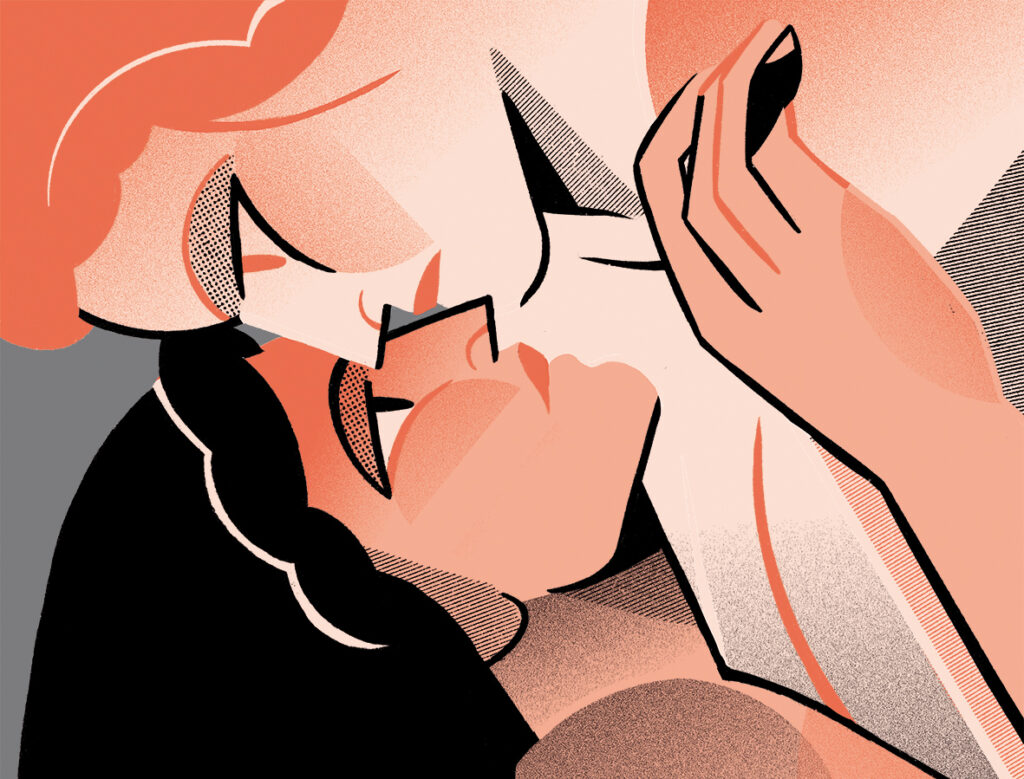The Ipsos LGBT+ Pride 2023 study found a 9% LGBT population share among the 30 countries surveyed.. Spain is the country where respondents are most likely to say they are gay or lesbian (6%), with the second highest LGBT population at 14%, a figure that soars among young people, at 18% of the total: Gen Z is arguably the least heterosexual in history.

From the Ipsos report, a key finding is that “men are more likely than women to identify as gay/lesbian/homosexual (4% versus 1% on average globally)”. While social and political developments mean that there are fewer wardrobes and people identify themselves as gay/lesbian/homosexual with less self-consciousness, gender dynamics make it more complex for lesbians to position themselves as gay/lesbian/homosexual. “The abbreviation that gay men and lesbians started using for their community was ‘GLBT’, which began with a G, which only emphasised the dissatisfaction that lesbian women felt about their place in the community,” develops Dr Jill Gover, former professor of LGBTIQA+ History at California State University.
In the context of the second half of the 20th century, sexual and gender dissidence was taking political shape in a society that systematically marginalised them, and the stronger the movement for lesbian rights became, the more lesbians needed new spaces to create their identities. Gover mentions an important factor, which is that “women felt that gay men were sexist and behaved as other men did at the time, which was a way of marginalising them. There were even groups of lesbians who wanted to separate themselves and have nothing to do with gay men”.
The blood sisters
In the 1980s, with the arrival of the AIDS epidemic in the United States, the relationship between the different letters of the collective began to be reformulated. During this period, certain groups within the lesbian community took an active stance on the epidemic, reinterpreting the crisis as a political and social issue in opposition to heterosexual normativity, thus bringing positions closer together. A group of nurses, known as the Blood Sisters, dedicated themselves to the care of HIV patients in hospital settings. They also led campaigns to promote blood donation, ensuring an adequate supply to meet the growing demand for transfusions. These initiatives succeeded in attracting more than 200 women to join the cause of donation, motivated not only by medical reasons but also by the strength of the symbolic gesture of solidarity: they intervened when restrictions imposed by the authorities excluded men in the community from participating in donation campaigns.
It was the Blood Sisters who spearheaded the care vigils, leaving lesbian women in charge on hospital wards. This not only strengthened the community, but also helped to counteract the stigma that hung over gay men until the late 1990s, when the first HIV treatments became available.
“We are visible to each other”.
After lesbians became involved in the care of gay people when discrimination against them was at its worst, the tables were turned on the acronym. Thus, from the mid-1990s onwards, the term “lesbian-gay” became more common in community venues, be they social or health care settings. With the integration of all the rainbow acronyms and their increasingly strong political entity, seeing the L in front went from being the exception to the norm.
That lesbians did not gain recognition until they played a crucial role in gay care is a symptomatic gesture. In a patriarchal context, it is still the case that women have to do twice as much to get half as much. Men take up the space. Within LGBT environments, this dynamic is reproduced.
The attempt is made to systematically condemn lesbians to a life drowned in the trench of the little place they have left, and for that reason, men feel more comfortable recognising themselves as homosexuals than women do. But visibility is much more than that trench, otherwise we would be letting men decide what is or is not visible, leaving in their hands the power of categorisation, of the existence of others, of the identity of lesbians. As Brigitte Vasallo wrote in “those of us who have always been visible“: “I think it is important to ask ourselves before whom we are claiming visibility. Because, my dear, we are visible among ourselves, as we all know when we walk down the street and look at each other”.



